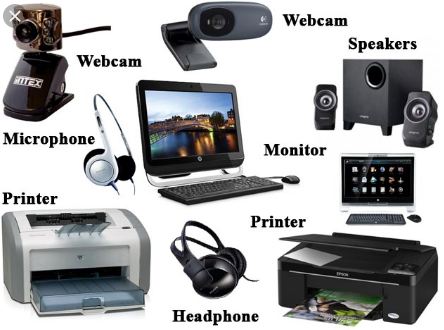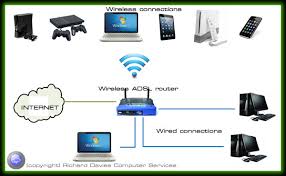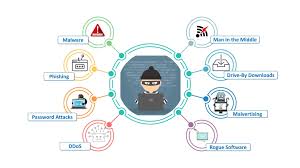Importance of Digital Literacy
In today's fast-paced digital world, digital literacy is no longer optional—it's essential. From job applications and academic assignments to managing personal finances and communicating with others, digital skills play a crucial role in our everyday lives. Digital literacy empowers individuals to navigate the online world responsibly, efficiently, and safely, ensuring they are active participants in a tech-driven society.
Fundamentals of Computer
The fundamentals of computers form the foundation of modern technology. A computer is an electronic device that processes data and performs tasks according to a set of instructions called a program. Understanding the basic components of a computer—such as the input unit, output unit, memory, control unit, and arithmetic logic unit—is essential for operating and working efficiently in the digital age. These components work together to receive data, process it, store it, and produce meaningful output. Learning these basics helps individuals better understand how technology works, making them more effective users and problem-solvers in both academic and professional settings.








